Sweet little power plant for camping / hunting / outdoors


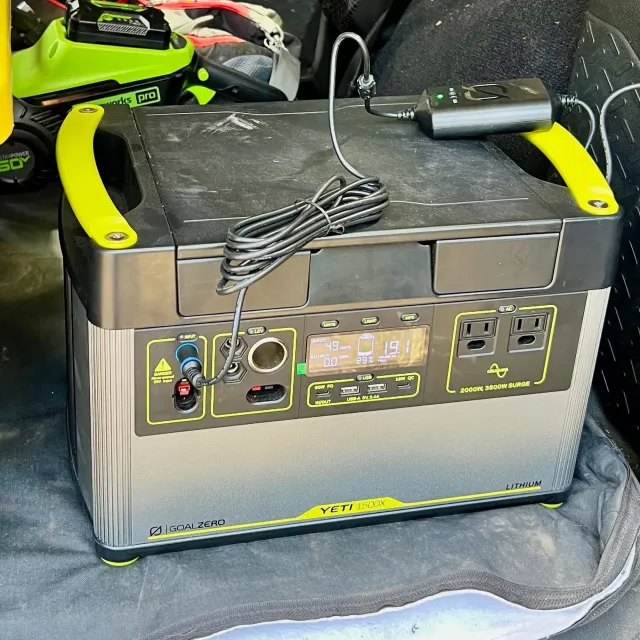
I used the Goal Zero Yeti 1500x on multiple off-roading / camping trips this past year in Montana, as well as during hunting season. It's a solid little workhorse of an electric generator and gets even more useful when paired with solar panels. I even used the 1500x a few times last summer to extend camping into a long weekend and worked remotely for a few days from the mountains using a Starlink satellite internet device.



While driving / off-roading during the day in my Jeep, I keep the 1500x plugged into my vehicle using the 12 V car charging cable. My Jeep has a cigarette adapter in the back, making it perfect to store the Yeti 1500x there and keep it charged in. You just have to remember to unplug this cable when you stop, or it will keep pulling juice from your car battery.
A better option would probably be to use the Yetilink vehicle integration kit that charges the 1500x from your car alternator, but I haven't tried that yet. This would be perfect for always keeping the Yeti charged and not having to worry about remembering to unplug when you turn off your car.

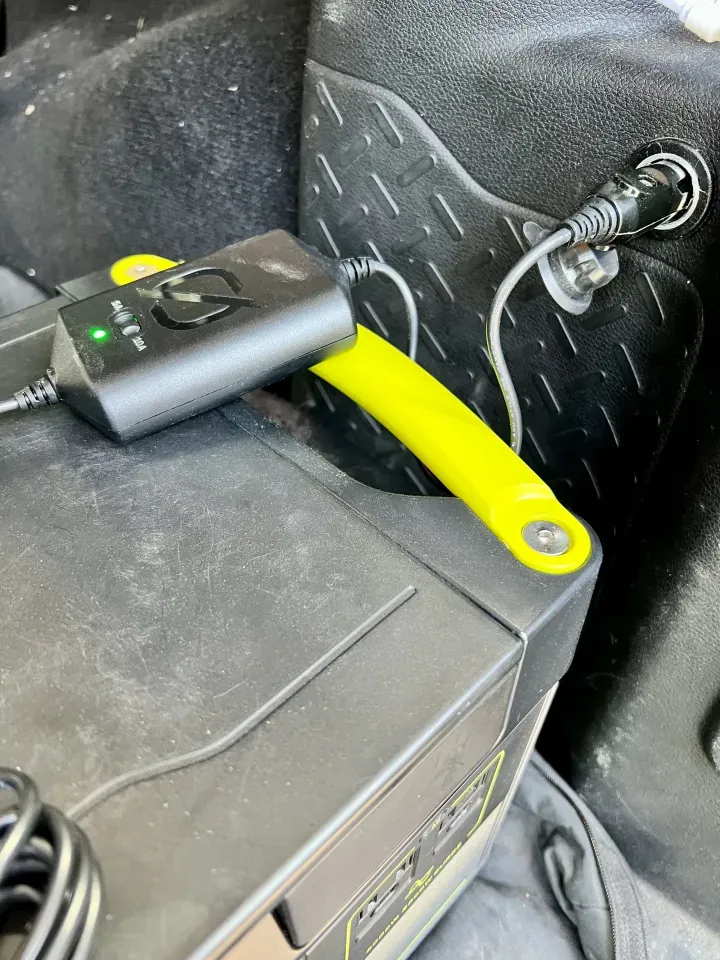
The only other accessories I bought and highly recommend are the High Power Port 30' extension cable and the 4x high power port combiner to high power port connector, which allows you to easily chain multiple 200-watt solar panels together.
Regarding solar panels, I mostly used the Boulder 200 briefcase last year and they work great. Very durable and I've left them out in the rain many times. The biggest drawback of the Boulder panels is - they're bigger/rigid and heavier than the Nomad 200's. I used the Nomad 200's a few times, and they don't seem to charge as well as the Boulders, but they definitely take up much less space in my Jeep and in my F150, and space is a premium for sure.
The Boulders would be better for a larger camper or sprinter van, or even for use at at a house or cabin. But depending on how much stuff you pack, they easily fit in my Jeep and definitely would be fine in the back of a pickup truck with something like a GoFast Camper.
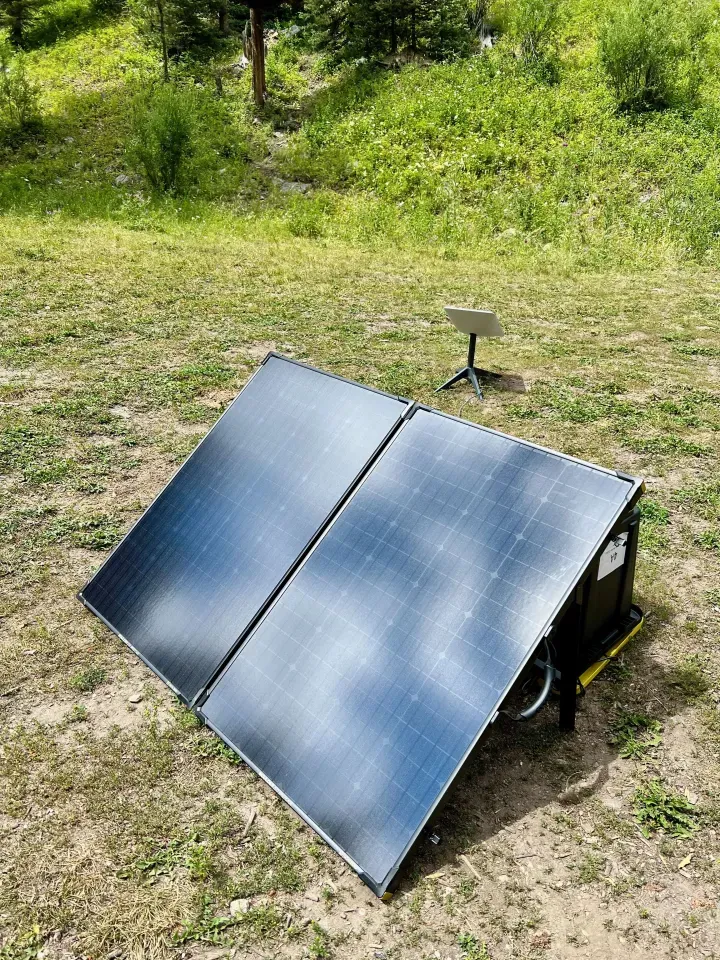
So usually, when we stop driving and setup camp, I'll grab the Yeti and set it up outside with the solar panels. The 30' extension cable means you can move the panels around to get the best sun, without necessarily having to move the 1500x around as well. I store some camping supplies in a plastic storage tub from Home Depot, and that tub makes a great waterproof housing for the Yeti (and also the Starlink modem). I flip the lid upside down and place it on the ground, and place the Yeti and Starlink modem on top the lid, and then cover everything with the tub itself. It works great.

I use the Yeti to charge lots of things while camping, including my Goal Zero Sherpa battery brick, which I then use to power some Goal Zero light-a-life mini lights that draw very little power, but are perfect string lights for camp, either under a sun shelter like I have here, or just strung up in some trees. You can keep these plugged into the Yeti directly as well. I also charge everything else that needs charging - Kindles, watches, phones, rechargeable headlamps and lanterns, laptop, etc.
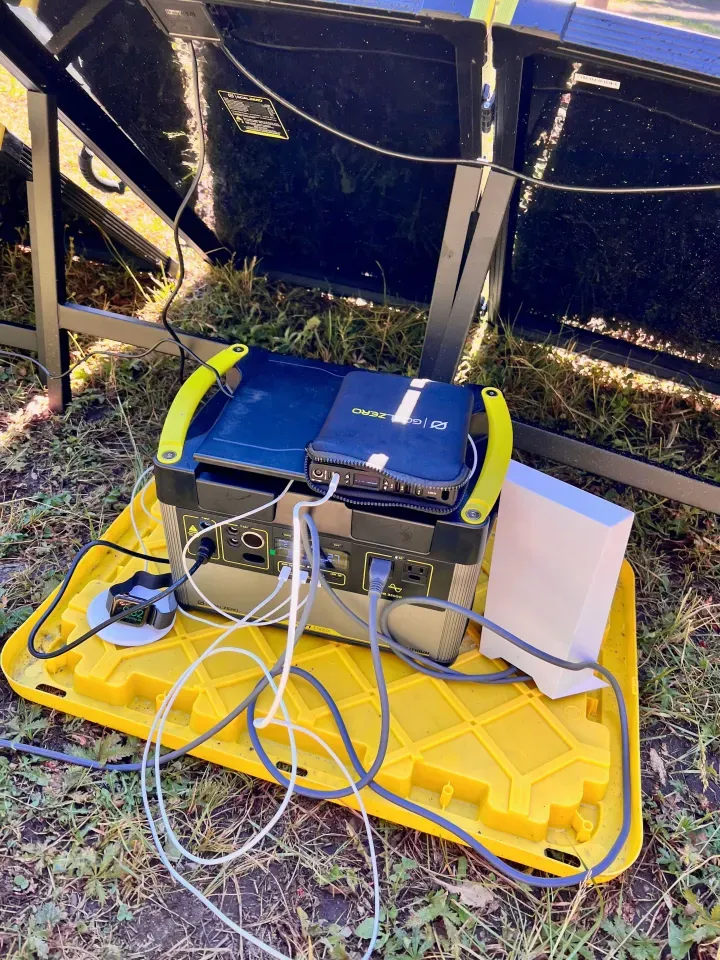
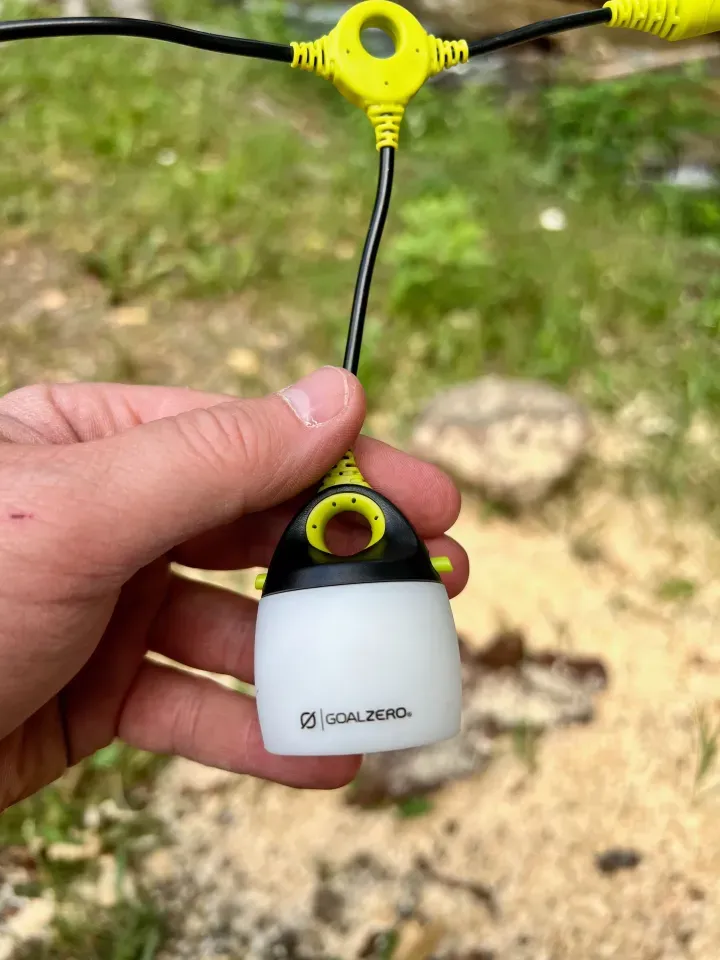

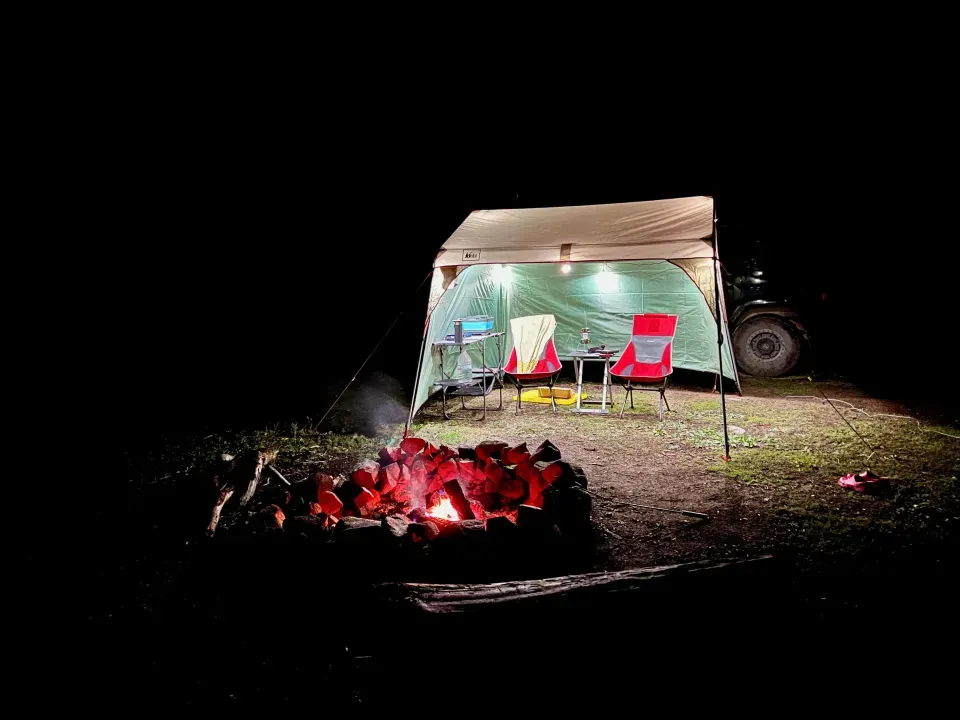
Throughout the day the next day, especially if I'm going to try to get some work done with my laptop and using the Starlink internet, I keep repositioning the solar panels to be in as much direct sunlight as possible, ensuring that the Yeti stays topped-up with charge. I recommended dual 200-watt panels if you're going to be using the Starlink and your laptop a lot.
The digital display on the Yeti makes it easy to see how much power is left, how effectively the Yeti is charging via solar, and how much it's draining with whatever you have plugged into it.
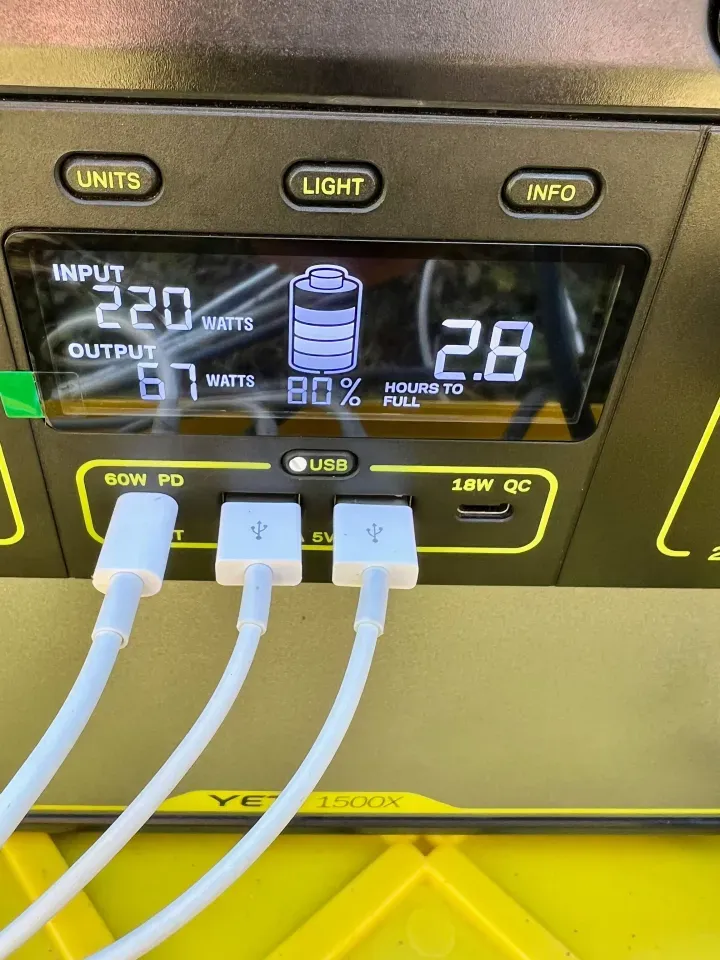
Goal Zero also makes a mobile app for the Yeti so that you can connect your Yeti to your home wifi (if you're using the 1500x at home), or when out camping or where there is no wifi, you can connect your phone directly, and wirelessly, to the Yeti to keep track of all the stats you care about.
So ya know - if you really don't want to put your beverage down and get up from your chair around the campfire, but you're really curious how much juice is left in your Yeti...you can just check on your phone :).
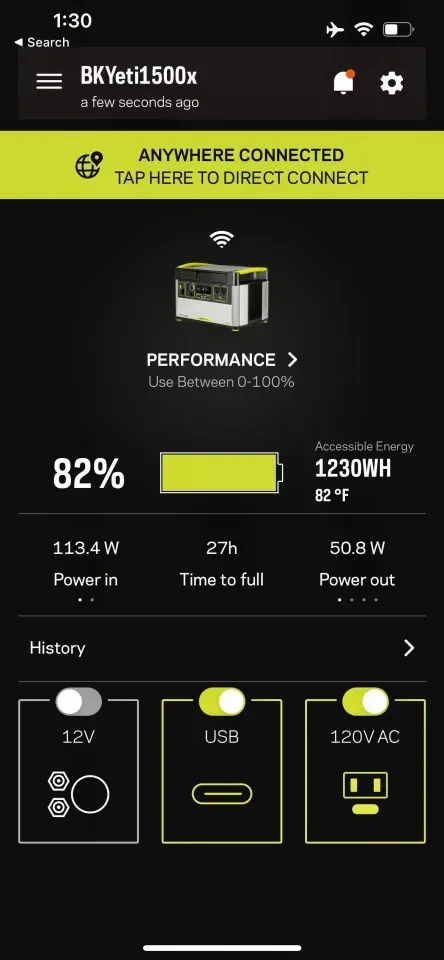
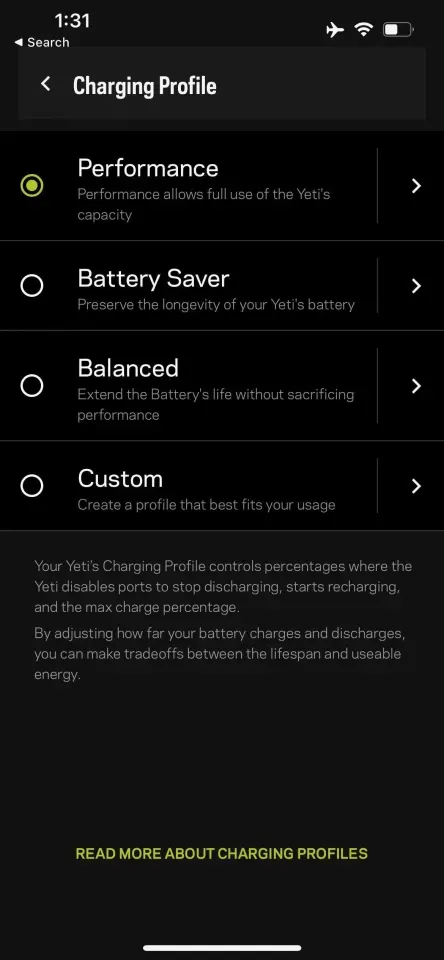
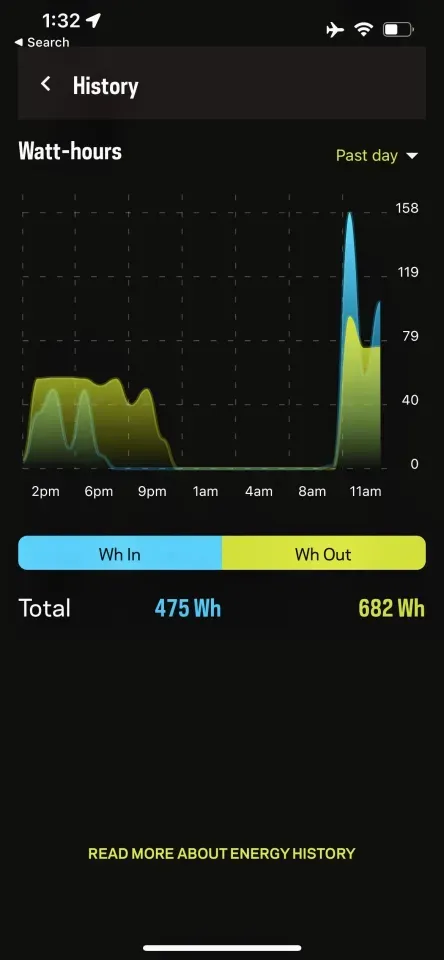
Overall, the Yeti 1500x is the perfect off-roading/camping/hunting trip power center companion. It's beefy, but not too large. It can charge while driving and then at camp with a single solar panel or chained solar panels. It's strong enough to power a laptop and Starlink for some remote mountain emails and Zoom calls (if you absolutely must) or to sit around the campfire and shop for more camping gear, watch movies or whatever. I'm a big fan and look forward to getting out more this year, as soon as the snow melts here in Montana and the trails open back up. I highly recommend.
Other gear in this review

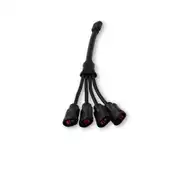
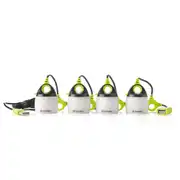
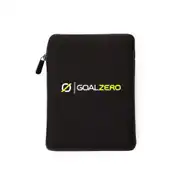
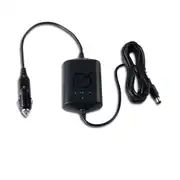
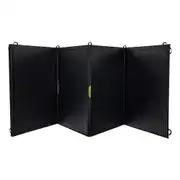
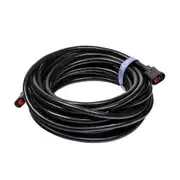



YETI 1500X

YETI 1500X
